Fox News Flash top headlines for April 3
Fox News Flash top headlines are here. Check out what's clicking on Foxnews.com.
As avian influenza (bird flu) continues to spread among wild birds in the European Union, officials are warning of the potential for a future human pandemic.
On Wednesday, the European Food Safety Authority (EFSA) issued an alert noting that "transmission between bird and mammal species has been observed, particularly in fur animal farms, where outbreaks have been reported."
Although it is rare for infected birds to pass along the virus to humans, the agency warned that new strains could pose a danger in the future.
BABY SLEEP DANGERS REVEALED IN NEW STUDY AS NEARLY 75% OF INFANT DEATHS WERE DUE TO CO-SLEEPING
"These viruses continue to evolve globally, and with the migration of wild birds, new strains carrying potential mutations for mammalian adaptation could be selected," the alert stated.
"If avian A (H5N1) influenza viruses acquire the ability to spread efficiently among humans, large‐scale transmission could occur due to the lack of immune defenses against H5 viruses in humans."
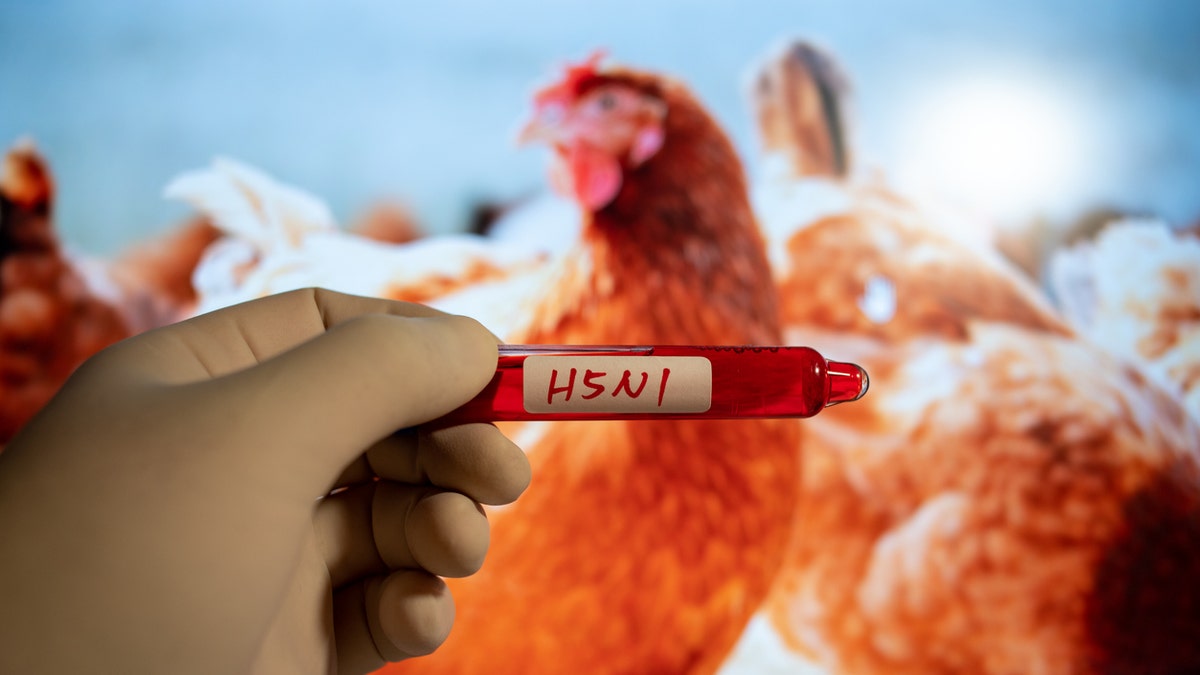
As avian influenza (bird flu) continues to spread among wild birds in the European Union, officials are warning of the potential for a future human pandemic. (iStock)
In other words, humans don’t have immunity against bird flu — which means it could potentially spread quickly.
The flu has been found to spread between birds and mammals, the EFSA noted — "particularly in fur animal farms, where outbreaks have been reported."
US TUBERCULOSIS CASES IN 2023 WERE AT HIGHEST LEVEL IN A DECADE, CDC SAYS
To prevent the risk of a bird flu pandemic, the agency recommended taking steps to limit exposure and prevent the spread to mammals and humans.
"Key options for actions include enhancing surveillance targeting humans and animals, ensuring access to rapid diagnostics, promoting collaboration between animal and human sectors, and implementing preventive measures such as vaccination," the EFSA wrote.
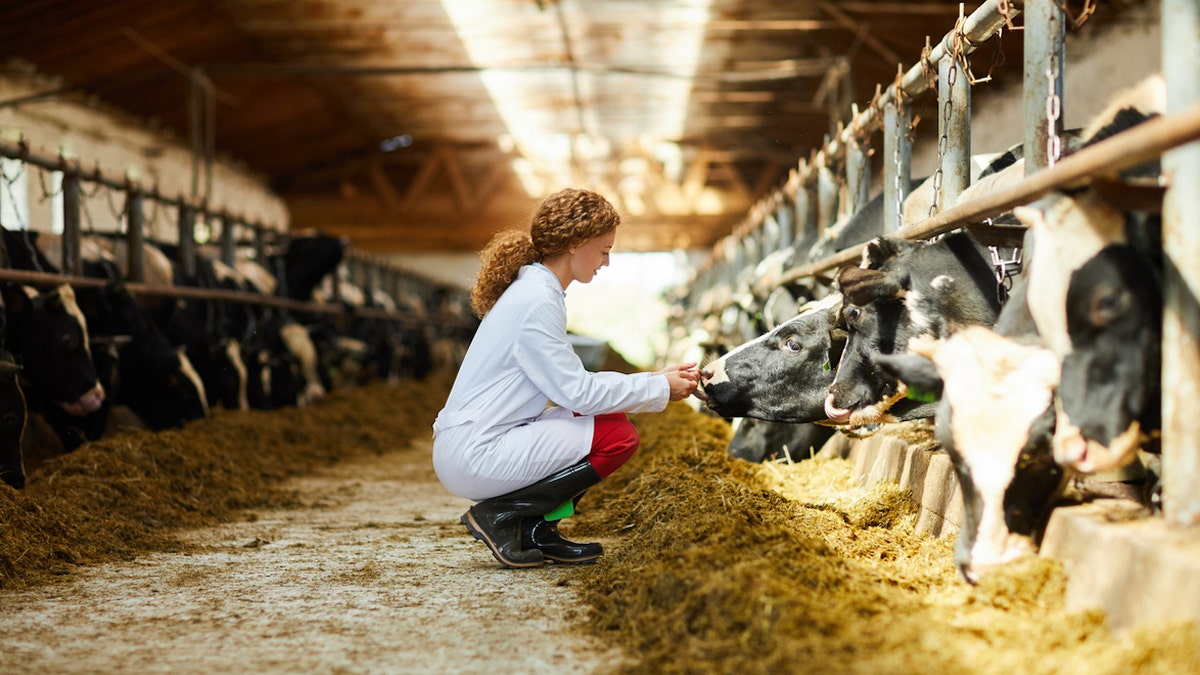
"People with close or prolonged, unprotected exposures to infected birds or other animals (including livestock), or to environments contaminated by infected birds or other animals, are at greater risk of infection," the U.S. Centers for Disease Control and Prevention said. (iStock)
"Effective communication to different involved target audiences should be emphasized, as well as strengthening veterinary infrastructure, enforcing biosecurity measures at farms, and reducing wildlife contact with domestic animals."
The agency also called for "careful planning of poultry and fur animal farming," particularly in locations with large numbers of waterfowl (aquatic birds like ducks and geese).
Human cases in the U.S.
On Monday, the U.S. Centers for Disease Control and Prevention (CDC) announced that a person in Texas tested positive for H5N1 bird flu.
"This person had exposure to dairy cattle in Texas presumed to be infected with HPAI A(H5N1) viruses," the CDC’s statement said.
CDC WARNS OF INVASIVE BACTERIAL OUTBREAK AMID SPIKE IN CASES AND FATALITY RATES: 'RARE BUT SEVERE'
"The patient reported eye redness (consistent with conjunctivitis), as their only symptom, and is recovering. The patient was told to isolate and is being treated with an antiviral drug for flu."
The CDC said this is the second case of a human testing positive for H5N1 in the U.S., after a previous case was observed in Colorado in 2022.
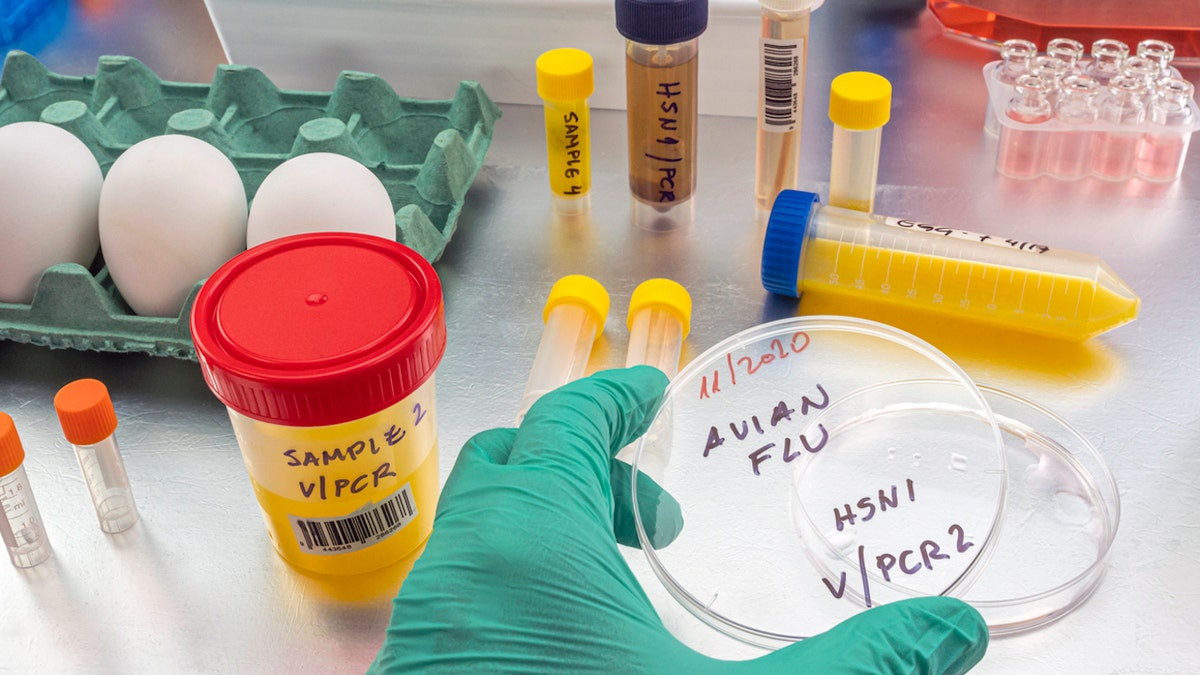
"If avian A (H5N1) influenza viruses acquire the ability to spread efficiently among humans, large‐scale transmission could occur due to the lack of immune defenses against H5 viruses in humans," the European Food Safety Authority said. (iStock)
"This infection does not change the H5N1 bird flu human health risk assessment for the U.S. general public, which CDC considers to be low," it added.
"However, people with close or prolonged, unprotected exposures to infected birds or other animals (including livestock), or to environments contaminated by infected birds or other animals, are at greater risk of infection."
"At present, it does not transmit readily from person to person."
The CDC said it is "working with state health departments to continue to monitor workers who may have been in contact with infected or potentially infected birds/animals and test those people who develop symptoms."
Human symptoms can range from mild (e.g., eye infection, upper respiratory symptoms) to severe illness (e.g., pneumonia), according to the CDC.
Infectious diseases expert weighs in
Erica Susky, a Toronto-based medical microbiologist certified in infection control, said she believes there is generally "not a high risk" of human-to-human transmission, given that "the natural reservoir" of H5N1 and other strains of avian influenza is birds and not humans.
"Cases of H5N1 in humans usually occur in people who have had contact with birds (slaughter, de-feathering, butchering or preparing)," she told Fox News Digital.
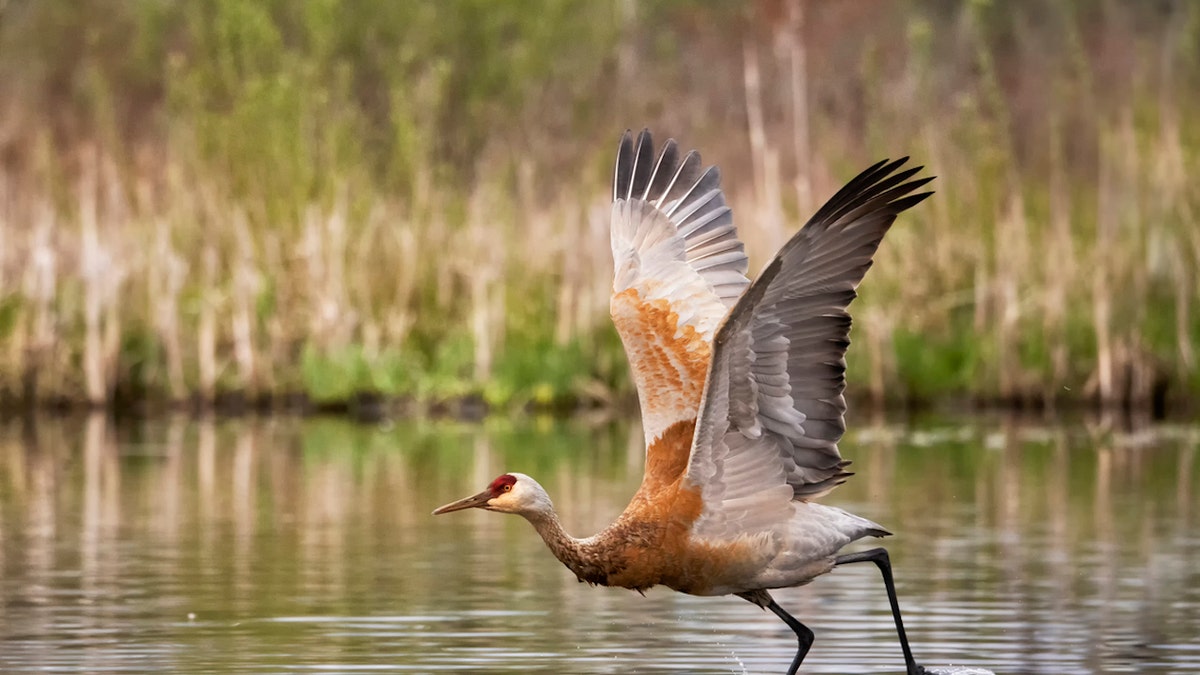
The EU agency called for "careful planning of poultry and fur animal farming," particularly in locations with large numbers of waterfowl. (iStock)
While bird flu has a 60% fatality in humans, Susky noted, it rarely occurs.
"At present, it does not transmit readily from person to person," she said.
The primary concern involves the influenza virus, she said, which is "excellent at mutating and recombining."
"If there are repeated contacts between species that are the natural reservoir for one type of influenza viral strain — like birds and H5N1 — and humans, the chances of this novel strain adapting to spread in this different species increases," Susky told Fox News Digital.
CLICK HERE TO SIGN UP FOR OUR HEALTH NEWSLETTER
"As there are more cases of H5N1, there are more chances for a crossover event into humans."
Some of the biggest sources of spread, Susky said, are industrial agriculture and modern cities, where a virus like influenza can pass readily through human and bird populations.
"Currently, birds share influenza strains less often with humans, though that can change — it is how past influenza pandemics have arisen," she said.
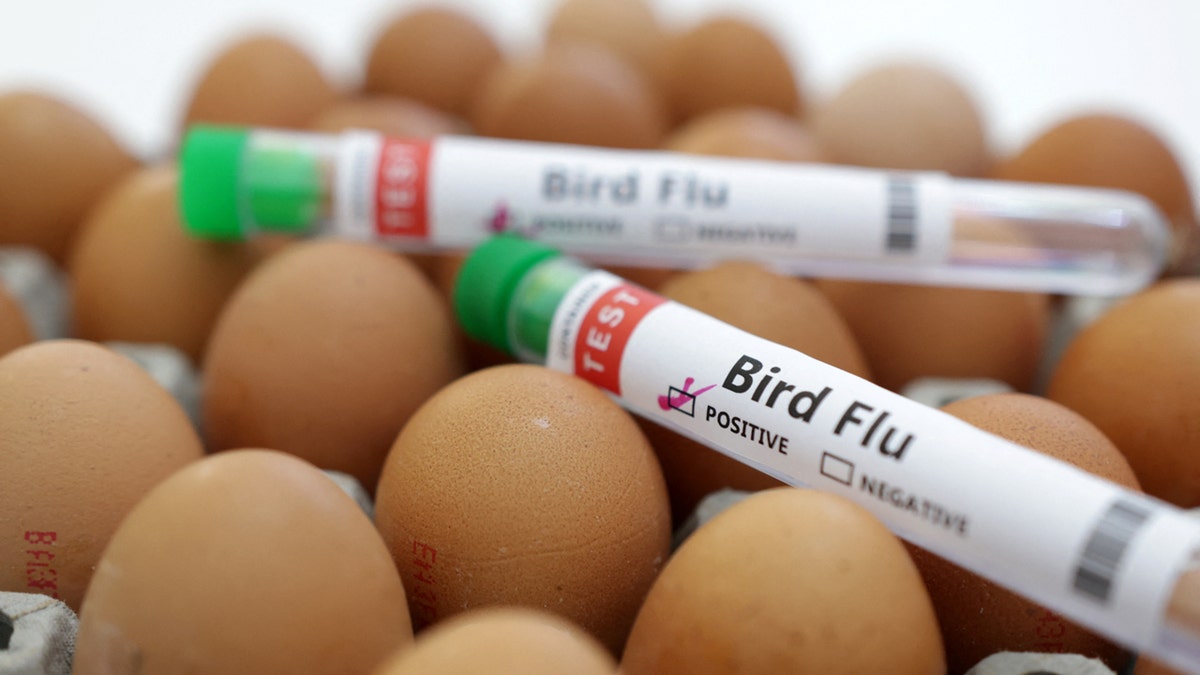
The CDC on Monday announced that a person in Texas tested positive for H5N1 bird flu. (REUTERS/Dado Ruvic/Illustration/File Photo)
To prevent spread, Susky recommended practicing proper infection prevention techniques, which is important not only for bird flu, but also for seasonal influenza.
Those techniques include following proper and frequent hand hygiene before preparing food, eating or touching one’s face, and after using the washroom or coming in contact with animals.
CLICK HERE TO GET THE FOX NEWS APP
Other mitigation strategies include receiving the annual influenza vaccine for those who qualify, and not going out among other people while feeling ill.
"The best way to minimize one’s risk of coming in contact with novel influenza strains is to avoid contact with birds and wild animals, if possible," Susky added.
Fox News Digital's Greg Norman contributed to this report.


